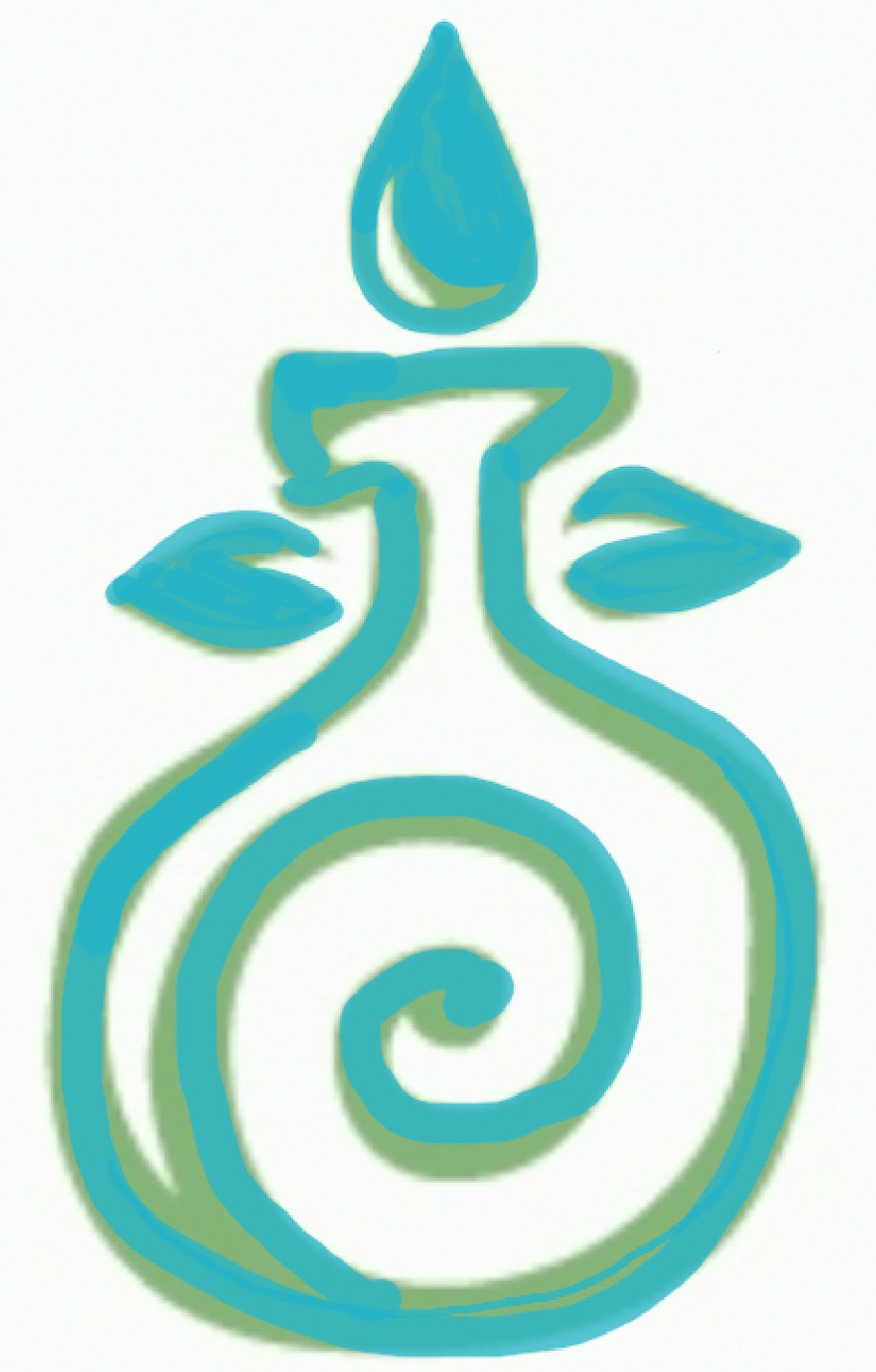Known as Macaronesia, meaning “fortunate islands” by the ancient Greeks, each of the seven islands had their own goverment and customs. Taken over by Spain in the 1400s, various indigenous groups including the Guanches, Maxos, Canarii, Bimbaches, Auaritas, and Gomeros were subjected to genocide, enslavement, and finally assimilation. The islands became an important stop on trade routes between Europe and the Americas; naturalist enjoyed the unique flora and fauna, and volcanic activity.
Now an autonomous unit of Spain, the islands have two capital cities: Santa Cruz de Tenerife and Las Palmas de Gran Canaria.
With a warm winter climate, relatively warm ocean currents and known for their wind, all seven of the Canary Island are something different to the visitor. Wind surfing and kite surfing flourish here with enthusiasts traveling from all over the globe to enjoy the wind. Meanwhile, Fuerteventura boasts unique wineries that grow grapes in a desolate bone-dry setting, with the plants situated among lava rocks. Note the rock walls surrounding each plant to provide protection from the wind. The white city of Arrecife surprised us too. The citizen are prohibited from painting their homes any color other than white. Visiting the Canaries is easy, with direct flights from all over Europe and even from some cities in the US.









